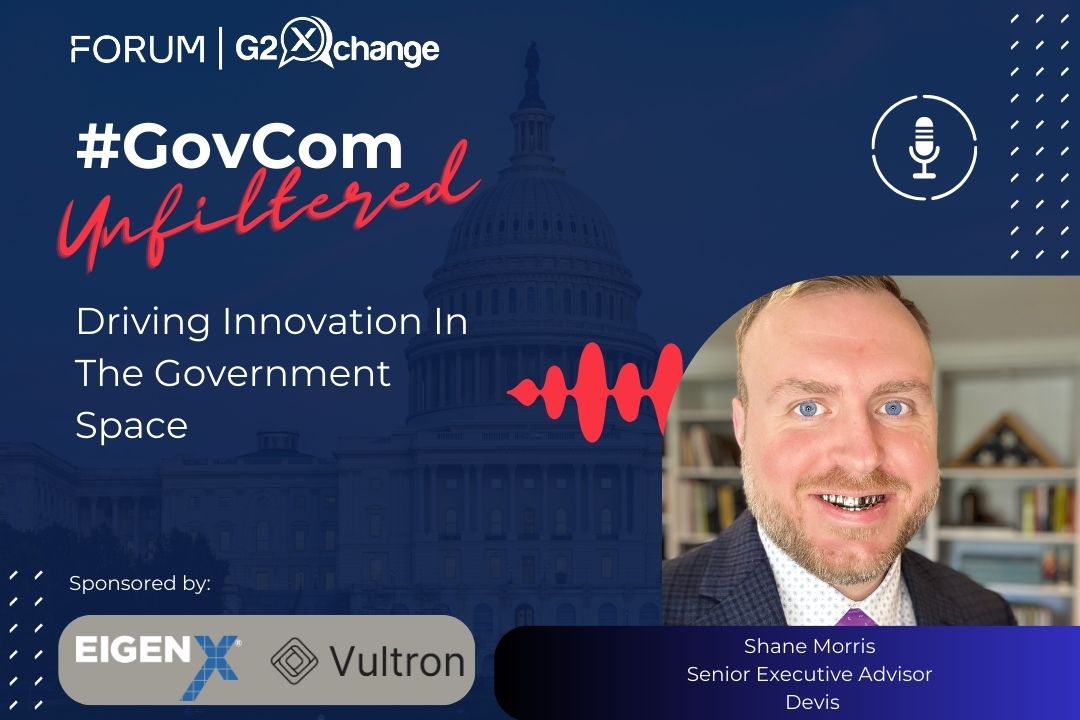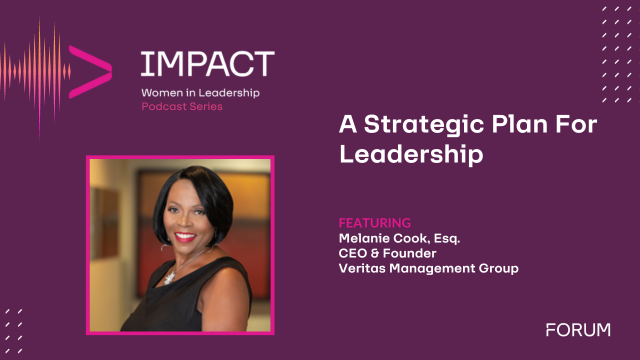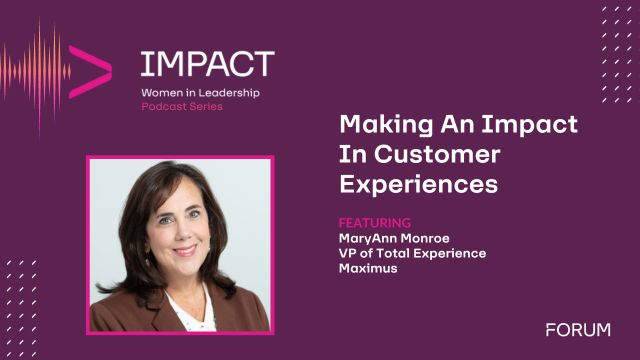Here is a recap of the panel discussion sponsored by Pegasystems.
On Monday, April 30, FedHealthIT and Pegasystems brought together senior executives from across the Federal Health IT community for a breakfast discussion about how robotic automation and artificial intelligence (AI) will play a role in Federal Health IT modernization. Here is a recap of the panel discussion in case you missed it:
The panel, moderated by Milad Bahrami from Pegasystems, included members from across the Federal Healthcare spectrum:
- Christine Dymek, EdD., Director, Health IT Division, Agency for Healthcare Research and Quality (AHRQ)
- Hilmar Hamann, Director, Office of Business Informatics, CDER, Food and Drug Administration (FDA)
- Charles Worthington, Chief Technology Officer, Office of Information Technology, Department of Veterans Affairs (VA)
- Hassan Zahwa, PhD., MHS Genesis Capability Manager, Department of Defense (DOD)
The panel members began by highlighting what their organizations do and how technology supports their various missions, and shared statistics that helped frame the vast Government Healthcare community:
- The AHRQ directs more than $100M of active investment in research and evidence to make Healthcare safer and more accessible to citizens, and from 2010 – 2013 prevented 1.3M errors and avoided $12B in wasteful spending.
- The FDA regulates 20 cents of every consumer dollar spent and receives and tracks over 2M adverse events every year, with a great deal of unstructured data.
- The VA is the largest integrated Healthcare system, providing care at 1,240 Healthcare facilities including 170 medical centers and 1,061 outpatient sites, with 9M enrolled Veterans each year.
- The DoD Military Health System (MHS) currently covers 9.6M beneficiaries and encompasses over 205,000 Healthcare providers across 16 countries with 55 inpatient facilities, 373 medical clinics and 245 dental clinics in its network and fills over 128M prescriptions annually.
Bahrami started the discussion by noting how important it is for agencies to implement cloud-based technology to enable better Healthcare. Furthermore, he cited how to leverage technologies such as AI and robotics with respect to cloud. AI is now the current tech buzzword, and there is a great deal of confusion over what it really means, especially in practice. Therefore, the first question to the panel was: Do we have a perfect storm for AI to take off? In answering this question, each panel member expressed several common themes:
- Data accuracy and cleansing: There is a great need for better, more accurate data, and initiatives around data cleansing are necessary to unleash the future power of AI and robotics.
- Data availability: Organizations are still early on their digital journeys, and you have to crawl before you can walk. When 50 percent of the data an organization has access to is in paper form, you have to digitize that data before you begin to analyze it and extract any real insights.
- Defining AI is still a work in progress and will continue to be so even as the technology world works to define its application and value.
- Technology is just part of the equation: A holistic approach is necessary, with a deep understanding of the many use cases, in order to drive positive outcomes.
- The patient comes first, and there is a high hurdle to overcome before the patient will accept automated technology in Healthcare and believe technology can help and is not a hindrance.
There are many tremendous advances being explored in each organization leveraging automation today. Whether it be robotic automation at the FDA in the form of data validation against Dun & Bradstreet company information to accurately identify companies making drug review applications, or within the MHS where their pharmacy is using robots to dispense and deliver medications to a nurses’ station or a pharmacy window.
Challenges exist with this technology as they do in any technology life cycle. AHRQ is working with several organizations on how to better train staff on the AI capabilities available, but the tools are only as smart as the data used to teach them, and clinicians are still skeptical of data accuracy. Both the VA and the MHS noted that improving the user interface is paramount; they are both patient facing organizations that see the potential efficiencies to be gained from automated decision making, for both the patient and the provider. The first step is to improve the user interface to make the system easier to understand: without users, any system is void of use. If providers can’t enter data quickly or patients can’t read lab results easily, neither user will be satisfied and the system will fail to achieve its intended outcome.
The event closed with a key takeaway from each panel member based on their vision for the future. Christine Dymek from AHRQ mentioned the challenge created between the need for open data and APIs to make Healthcare data accessible to learning algorithms so we can increase AI capabilities, and protecting privacy and security for patients and entities – not easy to solve, but necessary.
Hilmar Hamann from the FDA reminded the audience about how important a complete, holistic view is to ensuring accuracy and relevance – small wins with proof of concepts are good to help support and enable the significant change needed to incorporate technology in the process. Hamann said “at the end of the day, we are still trusting a human being more than a machine, so it’s important to consider how we build human confidence in the automation: Who do we complain to? How do we measure performance? We must use this data to enable and progress the change management we need.”
Charles Worthington of the VA left us with the charge to focus on the UX/UI within the technology, and noted that “many of the problems we deal with today we created years ago by not focusing on the user when developing software.” Patients need to be able to find answers using simple, every day terms to describe their problems instead of complex medical terminology – otherwise they will still need to talk to a human, so the AI fails.
Hassan Zahwa from MHS asked the audience to consider: “If google can learn my driving habits and suggest a good route to drive to work, why can’t we do that with Healthcare?” The issue isn’t just about money – whether we have enough to reduce the cost of Healthcare, but rather, to improve outcomes. Hassan summed it up with this simple, but powerful, statement: “It’s not always about dollar signs [in Healthcare], it’s about the life we save, or improving someone’s quality of life. If we can save just one life a day – my challenge to industry – we will make great progress.”
Solving your agency’s most important business challenges, AI has been around for a long time. But like any hot tech trend, the secret lies in making it real for your agency’s business. Read about how AI can enhance the Government customer experience: https://www.pega.com/topics/artificial-intelligence












